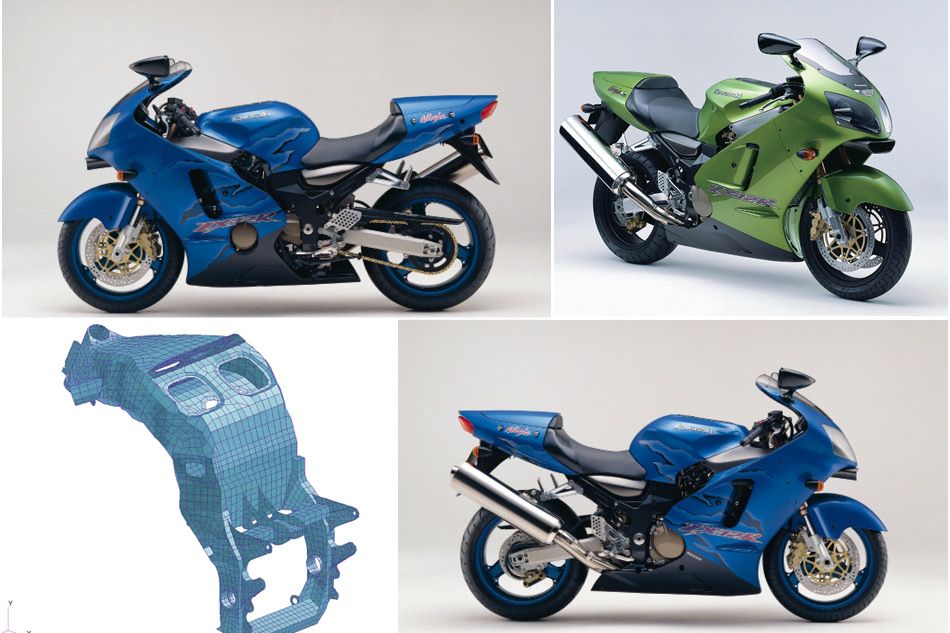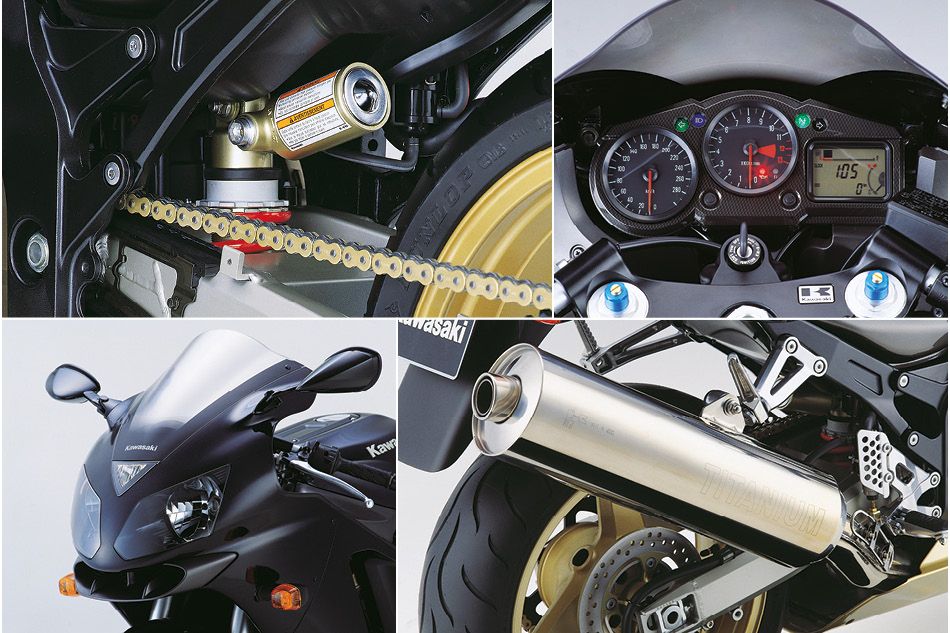-
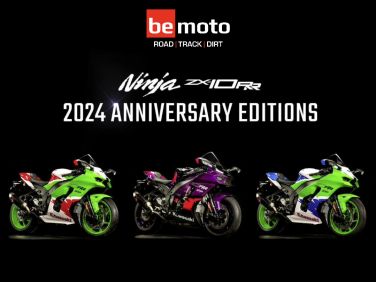
Can you believe it’s 40 years of the ‘Ninja’ by Kawasaki for their green machines? Kawasaki have teamed up with BeMoto blogger Kar Lee of Kardesign to create some stunning retro specials.
Read More
-
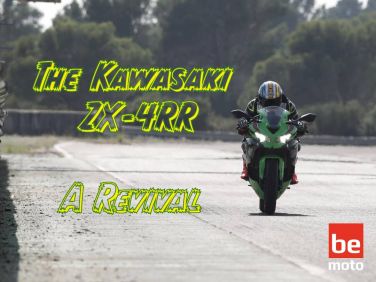
Discover the Kawasaki ZX-4RR: A Modern Legend Reborn. Join our friend Chad, from Bikeworld TV, as he tests this thrilling motorcycle, boasting power, affordability and advanced technology. It's more than just a tribute - it's a ride into the future.
Read More
-

It’s mad to think that Yamaha’s nutter 600, the YZF-R6 is knocking on 25 years old. And to celebrate, we’re taking you through every major upgrade it’s had, from the original in 5EB (1999) through to today's BN6 (2017)...
Read More
-
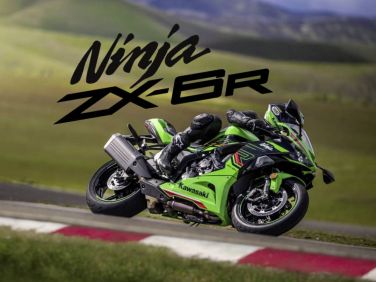
Euro 5 regulations signalled the death knell for the once thriving European Supersport market. And so we kissed goodbye to the Suzuki GSX-R600, the Yamaha YZF-R6, the Honda CBR600RR and also the Kawasaki Ninja ZX-6R... Or did we?
Read More
-

The decathlete of motorcycling didn’t exactly hop, skip and jump out of the showrooms, but there aren’t many do-it-all bikes as good as this (when new). Yamaha were ahead of their time, which is why KTM are copying it now with their new SM T.
Read More
-

BeMoto motorcycle insurance is getting nostalgic about the original high-revving, low capacity Ninja in the face of the new ZX-4R. Prices weren’t amazing when they came out, they’re not much better now!
Read More
-
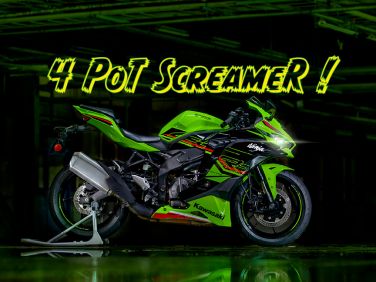
The track focused Ninja ZX-4RR is the first proper 4 pot 400 screamer to hit the UK since the 90's. Props to Kawasaki for offering a welcome diversion away from the predictable cheap parallel-twin norm that we have become accustomed to...
Read More
-

Kawasaki’s final 750cc four-cylinder sportsbike quickly became iconic: winning races and hearts along with it during the mid-nineties and early noughties. Unchanged in an eight-year production run, this is why you need to think about nabbing this Ninja now…
Read More
-

In terms of racing, it was outgunned from birth. But that never stopped us from wanting one. Bike World swings a leg over the limited edition Ninja as part of their Dream Rides series.
Read More
-

Designed as a de-faired 1098 superbike with high bars, it should have been a massive hit on paper but the market wasn’t quite ready for it. Times and taste have moved on so we look at why an early Streetfighter is a knockout buy.
Read More
-

Boxing clever without a boxer engine: The K 1200 R & K1300 R are fast, focussed, fun and famously overlooked. Here’s why you should consider one…
Read More
-
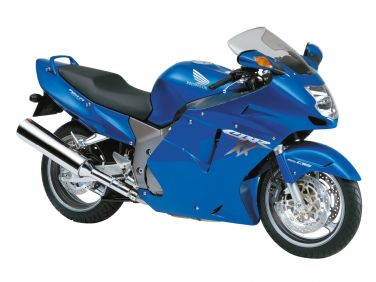
The Honda Super Blackbird launched when speed and power thrived in this (mostly) speed-camera-free era, and Brit bikers in particular couldn’t get enough of it.
Read More
-

Zed’s not dead! Fifty years after the very first Z model broke cover, Kawasaki has announced no less than four Z50th celebration models.
Read More
-
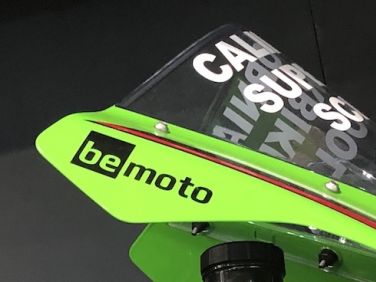
The BeMoto-backed California Superbike School is back in 2022 and once again powered by Kawasaki models. Check out the dates and venues for the upcoming year and book now to avoid disappointment
Read More
-
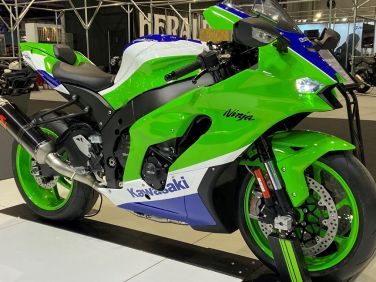
Possibly the best Kawasaki paintjob of all time... You can now get your hands on the retro-tastic ZXR750-inspired colourscheme on a new Kawasaki ZX-10R. We took a closer look at Motorcycle Live 2021
Read More
-

Around 20 years ago, some manufacturers cashed in on the retro vibe from the 70s and 80s by releasing new models that looked a bit old. Now these are becoming classics in their own right...
Read More
-

BeMoto customer Richy Vida, of of Youtube fame, is half biker, half musician and all round nice guy... We hear about his adventures and find out more about his multi bike collection right here...
Read More
-
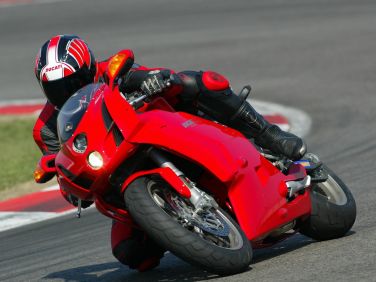
The Ducati 749 Series is a triple threat of unique, powerful and refined machines. We visit each model and focus on the extremely rare 749R that still holds its original RRP!
Read More
-

Back in 1999, Suzuki’s Hayabusa launched into a world of high-speed behemoths like the Super Blackbird and the ZZ-R1100. Sports bikes ruled and 173bhp seemed like more power than any human could handle. But a lot’s gone on in 22 years since...
Read More
-
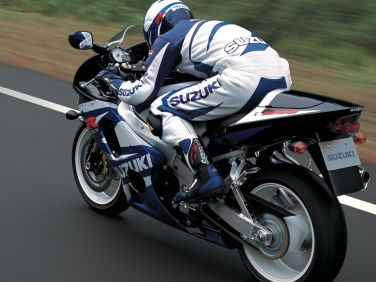
Time flies when you’re having fun on 1,000cc sportsbikes. Even so, it’s hard to believe the GSX-R1000 is twenty years old this year. Yep, it’s two decades since Suzuki finally gave its legendary GSX-R750 superbike the capacity boost it deserved...
Read More
-
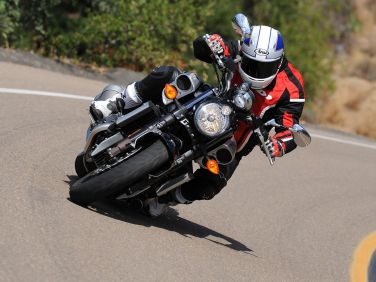
The Yamaha VMAX cruiser brought 8 years of joy for bikers that experienced the tarmac strangling torque horse. Our Future Classics series is blessed by this steed that was a contrast to the "original" 1985 VMX1200. Find out why...
Read More
-
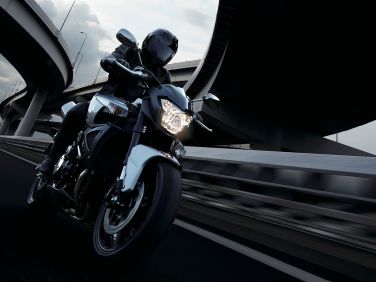
Originally a concept in 2000, the Suzuki B-King finally came to market in 2007. The financial crisis of 2008 stunted the growth of this super streetfighter which powered by the engine of a Hayabusa. Nonetheless, we think the super powerful naked bike had all the hallmarks of something special...
Read More
-
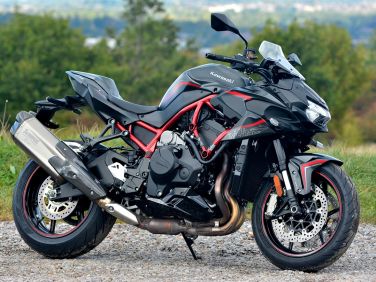
Seven years on from the game changing Ninja H2, the only other charged bikes we’ve had are the H2 SX supertourer – a great bike, but few obvious benefits over the ZZR1400 it replaced – and now, the Z H2 supernaked, with a 197bhp variant of the supercharged motor and a radical insectoid styling package. Alan Dowds take one for a spin...
Read More
-

One big hiccup in the bike industry was the lack of any trade shows and that meant there was nowhere for the big firms to show off their new 2021 models to us all. And with Euro 5 updates there were plenty of new bikes – far more than you might have expected given the impact of Covid-19 on the world...
Read More
-
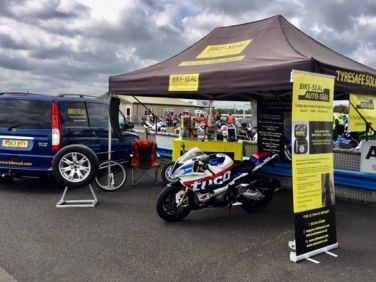
Most of us know what a pain it is to get a puncture – the time, the agony, the expense. Well what if you could dramatically reduce the risk of a flat? Bike-Seal is a simple solution but with an impressive technical C.V.
Read More
-
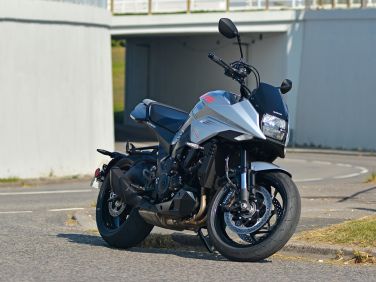
The Suzuki Katana is an iconic motorcycle that has been at the epicentre of the motorcycle world since the 1980's. Designed in 1979, then sold between 1981 and 2006 it belonged to many an enthusiast before being put to bed and reincarnated in 2019. This is the 2020 model and you can find out more here...
Read More
-
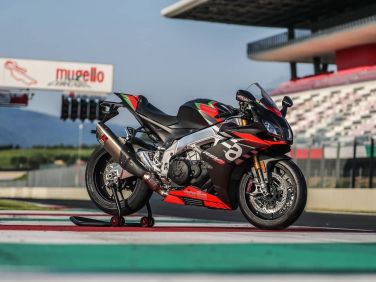
The Aprilia RSV4 1100 Factory is no doubt at the top of its game when it comes to the premier superbikes in the market. Alan Dowds gets a day on track to see if he is able to tame this beast with the new bells and whistles for 2020. The outcome? You'll have to read more...
Read More
-
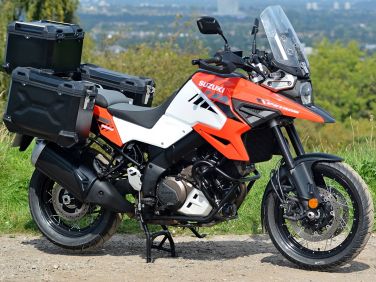
Looking for a big bore on a budget? Looking for some adventure without the premium price tag? Alan Dowds takes the 202 Suzuki V-Strom 1050 XT for a spin and the results are surprising...
Read More
-
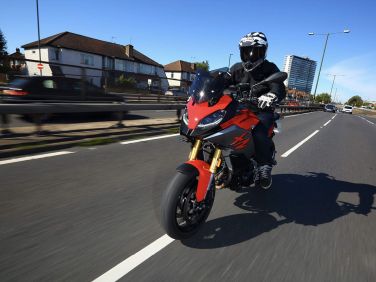
Looking for a bike that is handsome, half-faired, sort-of-adventure-lite styling? Something solid with the build quality, technology and gadgetry that no-one does better than BMW?? This could well be the commuter motorbike for you...
Read More
-

In Part Two of our look at motorcycle engines Alan Dowds takes a look at the big, serious world of multi-cylinder lumps, from four up to eight. Of these engines we again look at which of them are awesome, and which run like a bag of spanners!
Read More
-
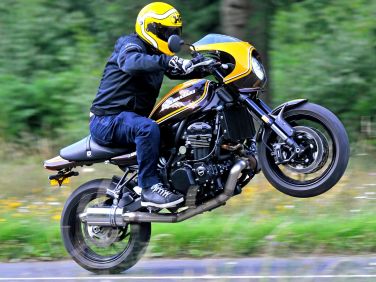
Kawasaki’s Z900 RS Cafe is a good-looking retro roadster. But the crazy guys at Big CC Racing have given their Zed an extra 100bhp – doubling its output with a neat turbocharger install. At BeMoto we got our hands on it and had a decent bit of fun!
Read More
-

There are a few names which have carved out a proper niche in the bike world. Kawasaki’s Ninja, Honda’s Fireblade, BMW’s GS – they’ve all become legendary marques, standing for top performance in their respective areas. Yamaha’s Ténéré is another one of these renowned monikers.
Read More
-

The passing of the model years makes us a little sad, because it means that more and more of our favourite bikes will seem a little shabbier, a little greyer, a little bit less desirable. But what makes a bike look old?...
Read More
-

Do you feel the need for speed? In December 2019 Kawasaki's YouTube channel fueled rumours of a possible return of the iconic GPZ900R. If you’re wondering what it might possibly look like, wonder no more as we’ve taken a best guess with our digital rendering...
Read More
-
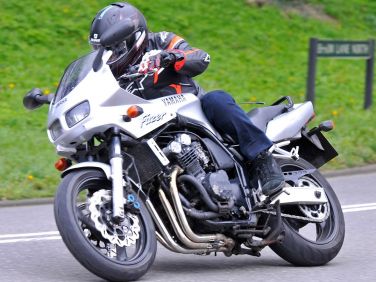
Alan 'Dowdsy' Dowds has been a bike journalist for 25 years, he gets to borrow the latest and greatest bikes from all the big manufacturers, but what bikes does he actually own in his multi-bike garage...
Read More
-
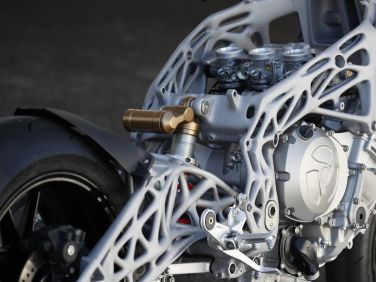
In 2020 we’ve got supercharged engines, electric suspension, wheelie control, carbon wheels, aerodynamic wings and 220bhp litre-class road bikes! But if you’d showed me that list 20 years ago, I’d have been a teeny bit disappointed...
Read More
-

Welding – dull industrial process or pure metal art? We have a look at the tech and science behind properly joining up bits of metal – and see how it’s applied to make an exhaust can for our Yamaha MT-10...
Read More
-
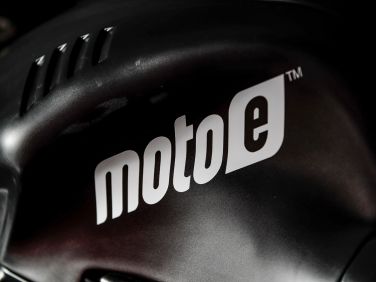
MotoE has just finished its first season of racing as a MotoGP support series. Our man Alan Dowds got a spin on a MotoE Ego Corsa Electric Race Bike at Valencia – here’s what he reckoned…
Read More
-

We look at how the best calipers, discs and pads in the business are made. So the next time you haul on the lever to avoid one of those U-turning taxis or steamed-up school-run Range Rovers, be grateful for the good folk who’ve helped you stop in time…
Read More
-

Power is, as they say, nothing without control. And that’s never been more true than nowadays in the litre-class superbike sector, making more than 200bhp. And for 2019, Aprilia’s joined the band with a new RSV4 1100 Factory...
Read More
-
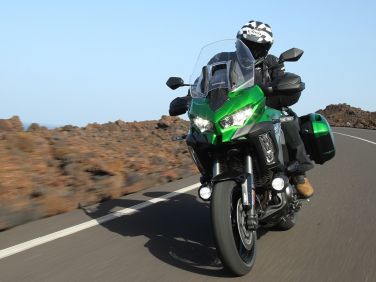
Kawasaki’s pulled out all the stops for its top-spec adventure tourer. The PR blurb speaks of taking on ‘any road’, which is fair enough. But unlike, say, the Africa Twin, or the R1250 GS Adventure, the Versys isn’t really intended for serious off road use...
Read More
-
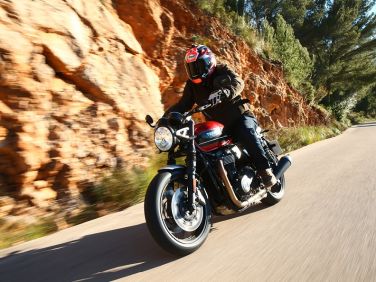
The Triumph modern classic range has been a big success, including the Bonneville, Bobber, Thruxton, Street Twin and Street Scramblers. All offer good looks, sound performance and heritage. And now we’ve got another entry in the class for 2019 – the Speed Twin...
Read More
-
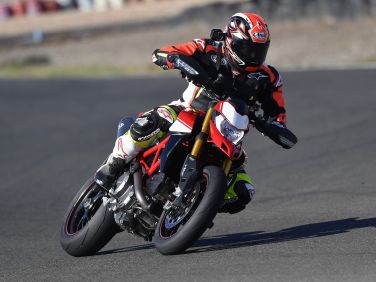
I STILL remember seeing my first Supermoto... It was a Kawasaki KX500. Fast forward 25 years, and here I am, in Gran Canaria, about to ride the latest version of Ducati’s Hypermotard - a thug in gentlemans clothing...
Read More
-
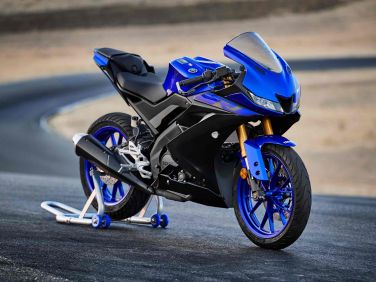
We love riding (almost!) all bikes, (almost!) all the time. But an artificially-strangled small-bore engine is always going to put a bit of a dampener on proceedings. Would that be the case with this new 2019 Yamaha YZF-R125?
Read More
-
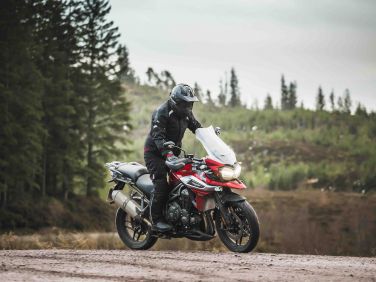
The Daytona 675R shuffled off last year, leaving a big flagship-shaped hole in Triumph's range. And here, arguably, is what fills that gap. The new Tiger 1200 is the priciest, most powerful, most high-tech Triumph and it's had a radical makeover...
Read More
-
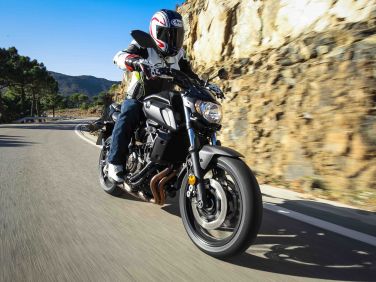
Launched four years ago on the crest of Yamaha's new wave of sweet roadsters, the MT-07 was, on the face of it, a middle-of-the-road budget naked, with decent specs on paper and attractive styling. The script has turned out slightly different though...
Read More
-

Ducati's done exactly what they said they wanted to do – make a big four that feels like a twin low-down, yet also batters you to hell with its screaming top end rush and power delivery more akin to a turbo bike than anything normally aspirated…
Read More
-
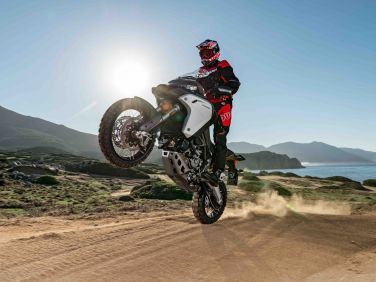
2018 looks to be an exciting year for new bikes, with sweet machinery from Ducati, Kawasaki, BMW and Triumph all heading our way. Here's a roundup of the latest price announcements for all the hot 2018 bikes, so far...
Read More
-

Exclusive video from the 2017 EICMA show in Milan - Close up video of the all new 2018 Ducati Panigale V4 Speciale including naked frame and internals behind the fairings and digital dashboard.
Read More
-

This rare 1972 model Z1 is completely unrestored. It also has the handbook and tool kit, the seat is completely original even down to the black foam. It is in fantastic condition and has 25,000 miles and is £30,000. Compare that to a Sandcast Honda CB750 and it is great value... and far more rare.
Read More
-
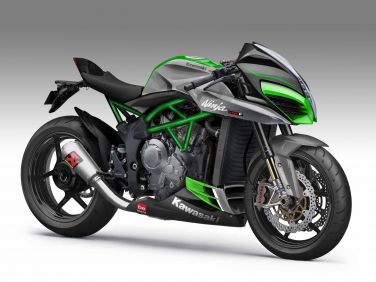
In April 2016 we imagined what a street H2R could look like. The response was incredible and the feedback unanimous... "Get rid of that ugly exhaust"! Well we listened and new for 2017, this virtual supercharged H2 CGI gets a Kardesign update...
Read More
-
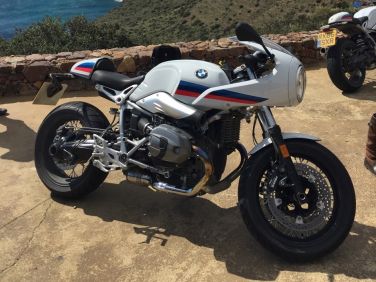
With its ice-white paint, BMW Motorsport coachlines and retro-race style, the RnineT really caught the imagination of UK bikers. Under that beautiful exterior though, the Racer is also a bit of a beast...
Read More
-
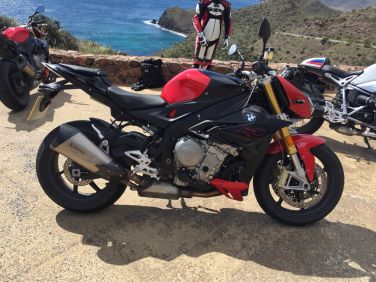
Remember the 'streetfighter' craze of the late 1980s? Fast forward 30 years, and the 'streetfighter' is an established factory class, the supernaked. BMW's version, the S1000R, is firmly in the crackers category...
Read More
-
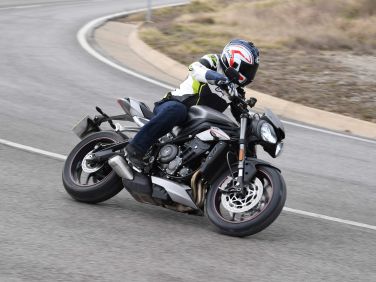
When I was a kid, 'Buy British' was a genuine thing. And with the pound in the shitter, maybe we'll all be shopping for stuff with Union Flags on the labels again soon. Buying British has been a decent option for a long time now, but in this naked middleweight sector, it could well be the best option of all…
Read More
-
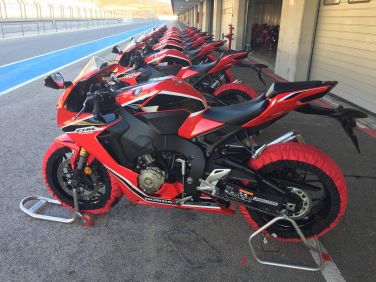
Honda's hitting back in the litre superbike class, with a brand-new Fireblade for 2017. Honda launched the bike at the Portimao circuit in Portugal last week and our man Alan Dowds was there – here's what he thinks to the new bike…
Read More
-

The mercury's finally crept out of the little bulb at the bottom of the themometer and the price of a trackday at Brands Hatch has risen above £80 for the first time in six months. Yes! It's almost the start of the riding season...
Read More
-
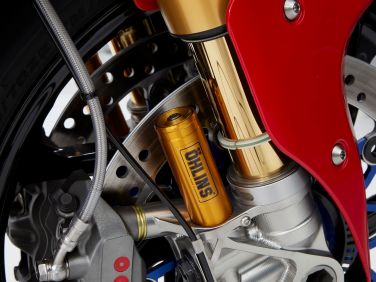
Every few years, there has to be some new bike tech for us to get excited about. It's been the same since forever. Some of these leaps forward are genuinely great, and have changed biking. Some – not so much. So what category are gas forks in?
Read More
-

Over the years there have been a number of engine configurations of 250cc to 500cc sportsbikes, powered by both two-stroke and four-stroke engines. The two-stroke 250cc Sportbikes were always powered by twin cylinder engines and all four-stroke incarnations were originally in-line 4 cylinder screamers...
Read More
-
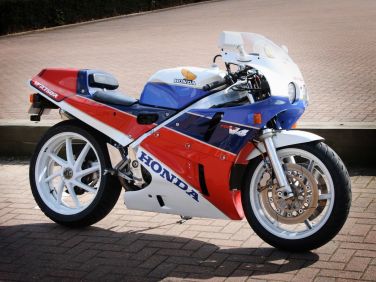
The 750cc Sportsbike can be traced back to 1969 when Honda introduced the CB750; it was a revolution, featuring an in-line four-cylinder four-stroke engine producing a claimed 67bhp and capable of hitting a top speed of around 120mph...
Read More
-
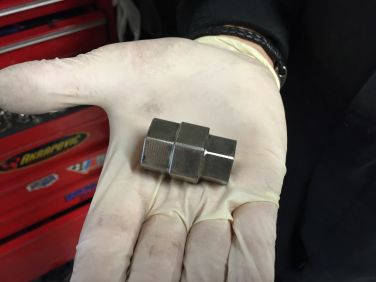
In our dreams our garages are full-on WSB-spec palaces, with wall-to-wall Snap-On tools, and all the Motul products we can eat. But like most folk, we have a selection of 'must-have' little helper tools. Usually nothing fancy, but they get us out of a hole on a regular basis...
Read More
-
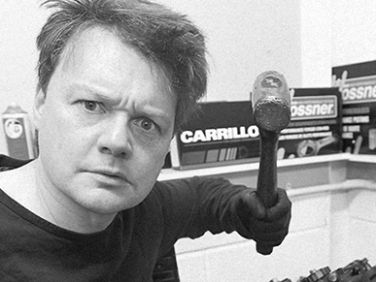
With stints on MCN, RiDE and over a decade on Superbike magazine as the deputy editor, Dowdsy has been a freelance bike journalist for the last six years...
Read More
-
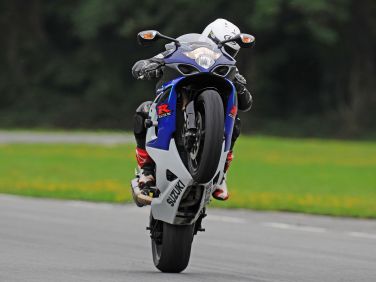
Yeah, yeah, we know what the grown-ups say. Wheelies: they're not big and they're not clever. Anyway. Done properly (on a closed road or track naturally), wheelies are a very fine test of a bike's performance...
Read More
-
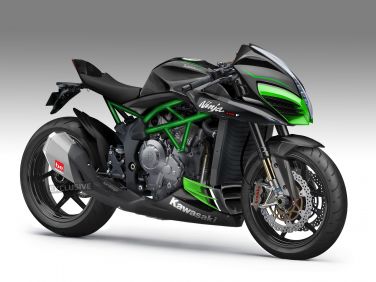
If we're getting a supercharged Kawasaki H2R Supersports bike, let's imagine what a street version could look like too. Originally created for Rapid Bikes magazine, this virtual supercharged H2 CGI gets a BeMoto update...
Read More
-
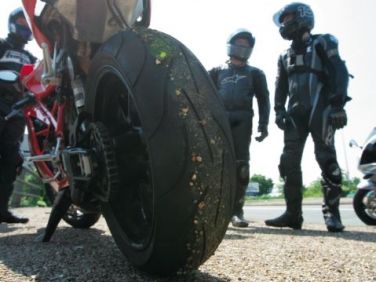
Putting together a magazine group test can be a hilarious minefield, especially if it involves taking a load of bikes abroad…
Read More
-

Modifying the fuelling on engines is an essential part of any tuning process. The traditional way has been to use an aftermarket fuel injection computer, like the Dynojet Power Commander, but ECU flashing is the latest in fuel-injection tuning, and they've been doing it with cars for years. But what is it and how does it work?
Read More
-

Congratulations! You're the millionth customer at the local multi-franchise mega-bike-dealer! And so you've picked up a very special prize! Yep, you're going on an actual bike press launch. Wooh! So what can you expect?
Read More
-
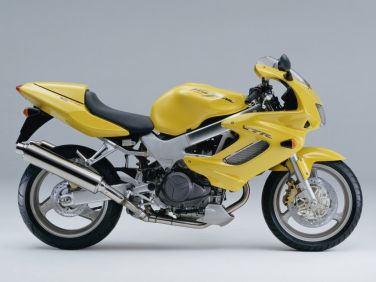
I remember when I first rode one of these – it was back in 1997, it had a set of cheap, loud cans on it, and it went like hell. A hundred and seventy appeared on the clocks in no time, totally belying the rather unassuming appearance of the little Honda...
Read More
-

Back in the 90s and 00s, it wasn't unusual to see motors being updated every couple of years. So it's a sign of just how good Yamaha made the original FJ1100 motor back in 1984, that it's still going strong today, in the naked XJR1300. That's more than 32 years with essentially the same layout...
Read More
-
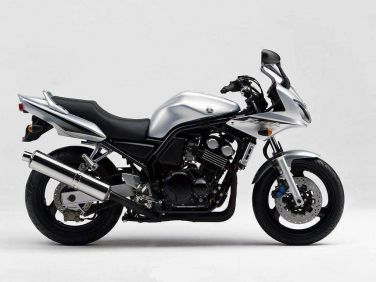
The 1990s was a cracking decade for superbikes. We got Ducati's 916, Honda's FireBlade and NR750, Suzuki's GSX-R750 and Hayabusa, and Yamaha's R1 and R6. Stonking sportsbikes all! But we also got some classic metal in the lower classes too...
Read More
-
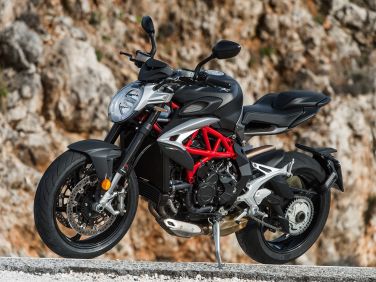
While it's not going to be troubling Honda or Yamaha anytime soon, the Varese firm is looking to extend its proposition out and up from the 'Italian hyper-exotica' ghetto with this Brutal 800...
Read More
-

The original Scrambler, launched in late 2014, was a middleweight 803cc roadster, with a basic chassis and moderate engine performance, plus a huge truckload of accessories, merchandise and annoyingly-upbeat advertising campaigns...
Read More
-
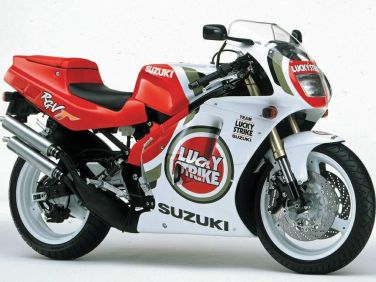
It looked like nothing less than a road-legal 250GP machine, with upside-down forks, enormous gull-arm swingarm, huge expansion chambers and dual-stinger silencers. A full fairing yelled out the Suzuki engineers' plan – "Made with the Grand Prix spirit", no less...
Read More
-

The bike that kicked off the 600cc Sportsbike sector, also known as 'Supersports', was the Kawasaki GPZ600R (also named the Ninja 600). The GPZ600R was launched in 1985 and was the first of the breed....
Read More

